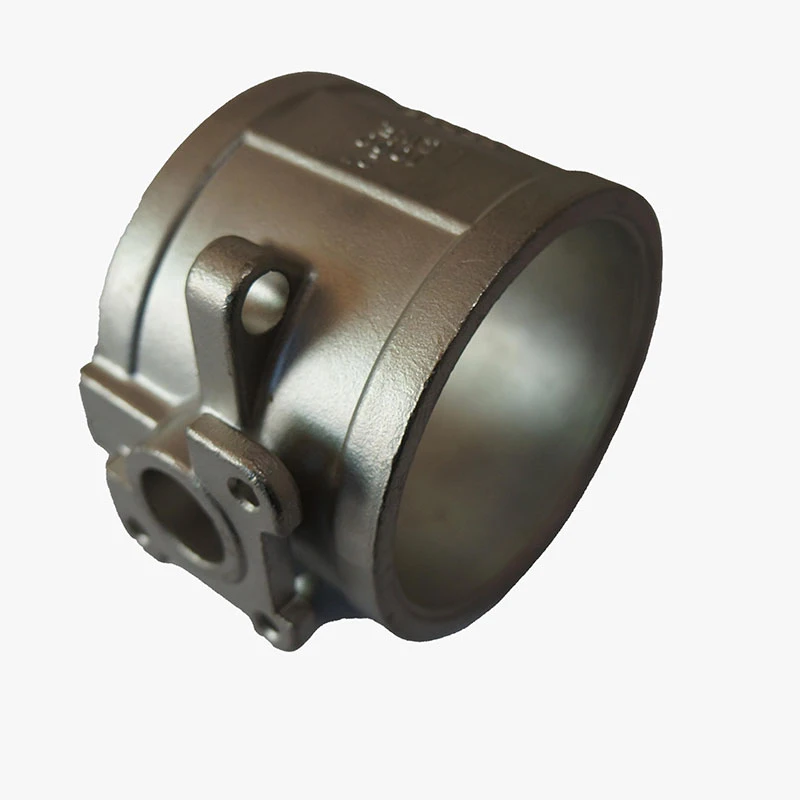resin sand casting
Resin Sand Casting Revolutionizing the Foundry Industry
Resin sand casting, a modern advancement in the foundry sector, has garnered attention for its ability to produce high-quality castings with exceptional dimensional accuracy and surface finish. This innovative method combines traditional sand casting techniques with synthetic resin binders, offering significant advantages over conventional sand casting processes. In this article, we will explore the fundamentals of resin sand casting, its benefits, applications, and its influence on the future of metal casting.
Understanding Resin Sand Casting
At its core, resin sand casting involves mixing sand with a thermosetting resin binder to create a mold. The process begins with the preparation of the sand mixture, wherein fine silica sand is combined with a liquid resin and a hardener. This mixture is then shaped into molds using various techniques, including the use of automated molding machines. After the mold is formed, it is heated to cure the resin, resulting in a strong and rigid mold that can withstand the molten metal during casting.
One of the key aspects of resin sand casting is its ability to produce complex geometries and intricate designs that would be challenging to achieve with traditional methods. The molds created are not only durable but also exhibit superior dimensional stability, ensuring higher precision in the final castings.
Benefits of Resin Sand Casting
1. Enhanced Surface Finish One of the most significant advantages of resin sand casting is the superior surface finish it delivers. The smooth and fine texture of resin-bonded sand minimizes the need for extensive post-casting machining, reducing production time and costs.
2. High Dimensional Accuracy The use of resin molds offers exceptional dimensional control. This precision is particularly beneficial for industries that require tight tolerances, such as automotive and aerospace.
3. Quick Mold Production The curing time for resin molds is relatively short, allowing for faster mold production and reduced lead times. This rapid turnaround is crucial in today’s competitive market, where responsiveness can significantly impact business success.
4. Lower Defect Rates Resin sand casting reduces the occurrence of common defects such as sand inclusions and gas porosity, thanks to the tight bond formed between the sand and resin. This reliability translates into higher quality castings with fewer rejects.
resin sand casting

5. Versatility in Applications This process is versatile and can accommodate a variety of metals, including aluminum, iron, and steel. Its capacity to handle diverse materials makes it suitable for a wide range of industries, from heavy machinery to fine art.
Applications of Resin Sand Casting
The applications of resin sand casting are vast and varied. In the automotive industry, for instance, components such as engine blocks, transmission housings, and brackets are often produced using this method due to the high demands for both quality and performance. Likewise, the aerospace industry benefits from resin sand casting for creating lightweight and high-strength parts, essential for improving fuel efficiency and structural integrity.
In recent years, the adoption of resin sand casting has also extended to artistic and sculptural applications. Artists and designers utilize this method to create intricate sculptures and decorative items, capitalizing on its ability to reproduce fine details with remarkable accuracy.
The Future of Resin Sand Casting
As industries continue to evolve, the need for innovative and efficient manufacturing processes becomes more pronounced. Resin sand casting stands at the forefront of these advancements, driven by ongoing research and technology integration. The development of environmentally friendly resins and the automation of the casting process are trends that promise to enhance the sustainability and efficiency of resin sand casting further.
Moreover, the integration of digital technologies, such as 3D printing and computer-aided design (CAD), with resin sand casting is set to revolutionize traditional foundry practices. By allowing for rapid prototyping and customization, these technologies can streamline production processes and cater to the growing demand for bespoke casting solutions.
Conclusion
In summary, resin sand casting represents a significant leap forward in the foundry industry, characterized by its ability to produce high-quality castings with remarkable precision and a smooth finish. As manufacturers seek efficient and cost-effective solutions, this method is likely to play an increasingly vital role in various sectors. With its unique advantages and potential for future development, resin sand casting is not just a method of production; it is a gateway to innovation in metal casting.
-
OEM Sand Cast Pump Valve Fittings - Baoding Hairun Machinery And Equipment Trading Co., Ltd.NewsAug.01,2025
-
OEM Sand Cast Pump Valve Fittings - Baoding Hairun Machinery And Equipment Trading Co., Ltd.NewsJul.31,2025
-
OEM Sand Cast Pump Valve Fittings - Baoding Hairun | Precision Engineering, CustomizableNewsJul.30,2025
-
OEM Sand Cast Pump Valve Fittings - Baoding Hairun Machinery And Equipment Trading Co., Ltd.NewsJul.30,2025
-
OEM Sand Cast Pump Valve Fittings - Baoding Hairun Machinery And Equipment Trading Co., Ltd.NewsJul.30,2025
-
OEM Sand Cast Pump Valve Fittings - Baoding Hairun Machinery|Precision Engineering&Fluid ControlNewsJul.30,2025















